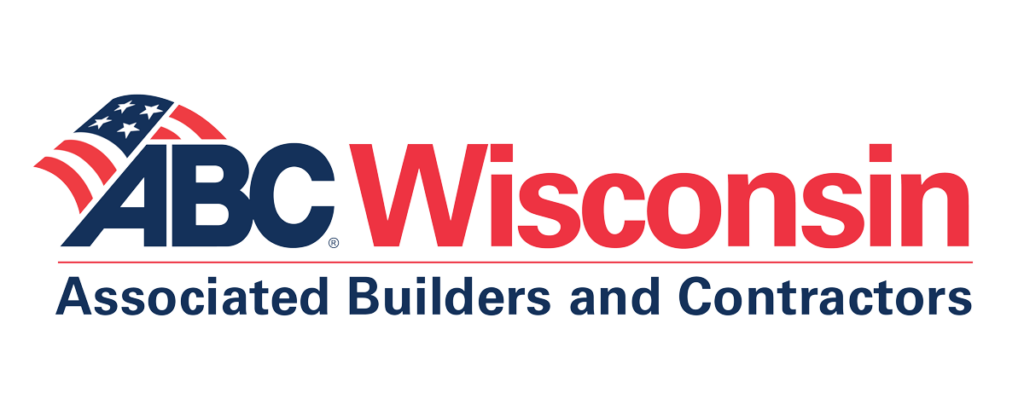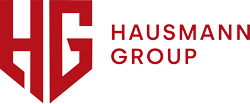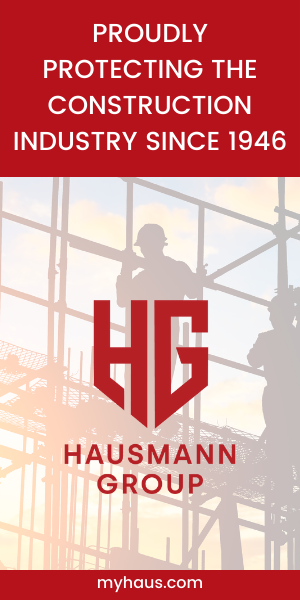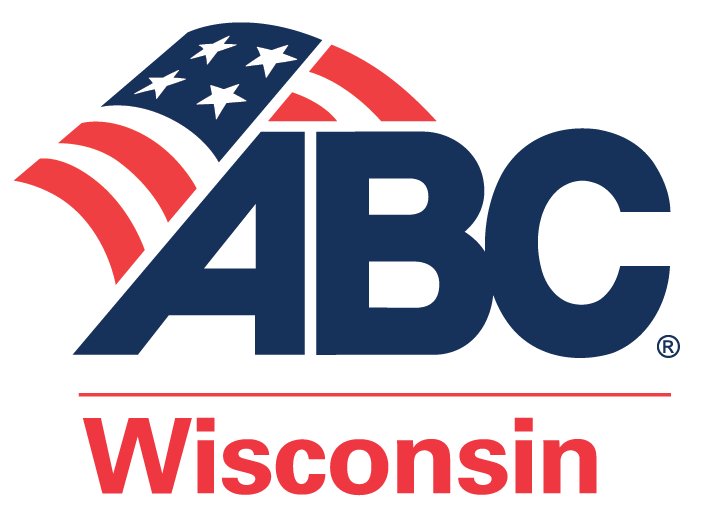By Tasha Heaton, MPH, CIH, CSP, WisCon Consultant
Recently, the WisCon office is hearing more discussion about the use of hard hats versus safety helmets in the field. We received a call asking if OSHA had released a new standard requiring the use of Safety Helmets on construction sites. Additionally, in conversation with one of our local OSHA contacts, they mentioned that their office had received a supply of safety helmets to add to their personal protective equipment (PPE).
It is true that OSHA issued a Trade Release in December announcing their switch from the use of traditional hard hats to safety helmets to better protect their employees from head injuries. Furthermore, OSHA released a Safety and Health Information Bulletin titled Head Protection: Safety Helmets in the Workplace that included a list of recommended uses for safety helmets. However, OSHA has not released a new regulation requiring employers to make the switch from hard hats to safety helmets. The Occupational Safety and Health standard for Head Protection (29 CFR 1910.135) remains unchanged.
Employers must ensure they are providing employees with PPE that protects them from workplace hazards. Some employers may decide to make safety helmets a required piece of PPE at their workplace or job site based on their job hazard analysis and their acceptable level of risk. We’ve heard of a few General Contractors requiring safety helmets to be worn on their job sites.
Hard hats have long been the go-to option for protecting employees’ heads. They provide a basic level of protection from head injuries and are made of high-density polyethylene or other rigid materials. These hats can be bulky, heavy (especially with hearing protection attachments), and may easily fall off an employee’s head.
There are a couple of notable differences between hard hats and safety helmets. Safety helmets are lighter in weight, being made from a combination of lightweight composites, fiberglass, and advanced thermoplastics. Since the helmet weighs less, it may reduce neck strain and improve employee comfort when used over a work shift. Safety helmets also come with a chin strap. When used properly, the chin strap helps maintain the helmet’s position which can be beneficial if an employee slips, trips, or falls.
Safety helmets can also incorporate additional attachments to address other work place hazards, such as face shields, or safety eyewear to protect against projectiles, dust, and other particulates. Hard hats may also be capable of incorporating some attachments, but options appear to be more limited. Adding attachments to either can increase the weight of the head protections weight and contribute to neck strain. Speaking from experience, wearing ear muff attachments on a traditional hard hat is not fun.
If it’s time to replace your employees’ hard hats, consider opting for safety helmets to better protect against head injuries.
Regardless of which head protection is worn, ensure it is inspected for signs of wear, damage, expiration so that it is optimal condition to provide protection.
If you’d like to request a free and confidential WisCon consultation, contact us here.











